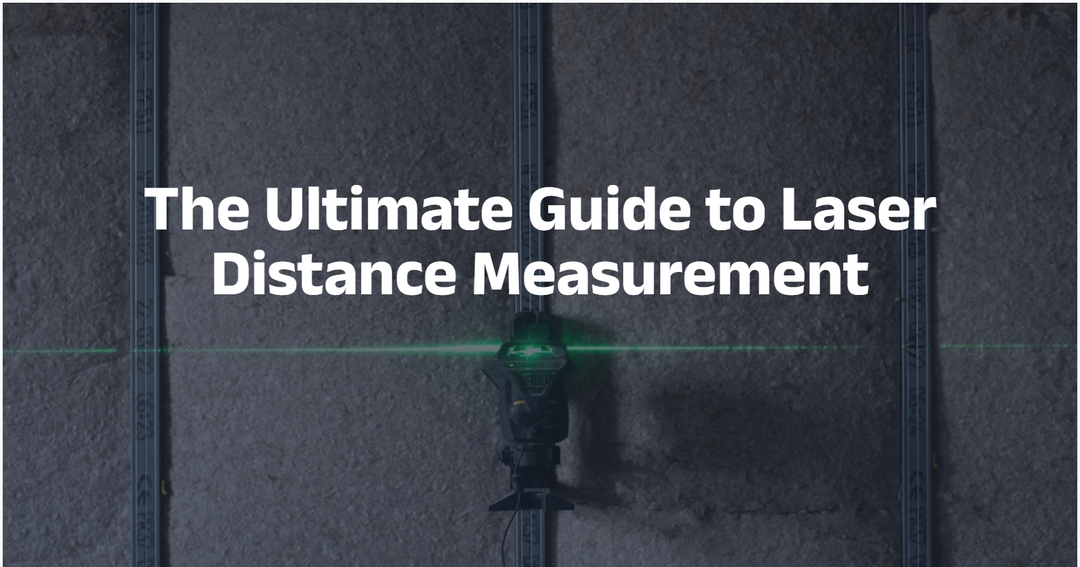How To Locate and Find Buried Garden Lighting Wires
Sidewalk lighting wires are typically buried between the sidewalk and the edge of the grass. If you’re thinking about putting in garden lighting, it’s important to locate and follow the path of these buried lights before you do any digging to ensure you’re not damaging them or cutting your new garden lights shortly before they reach their full length. We will explain three methods:
- Underground Wire Locator ( The Best Option)
- Use a Metal Detector
- Use Hand Shovel
Follow these steps to easily locate and find buried garden lighting wires before you start any work on your new landscape lights project.
Noyafa NF-816L: Underground Wire Locator
Locating existing wires to locate buried cables in yards and gardens can be time-consuming. Noyafa NF-816L with lead wire detection is perfect for individuals looking to find buried lighting or wiring quickly and easily. Simply follow your lead wire, leading you right to where it connects to your power source.
Today, most people use underground lighting as a way to set up specific areas. When you install these lights they are connected to an underground wire. If you want more than one light in an area then multiple wires will be installed underground.
These wires can be challenging to locate because they are buried under grass, dirt, mulch, or rocks. Fortunately, there is a tool that makes it easy to find these wires without digging holes all over your yard looking for them. This wire locator uses sound waves to locate buried wires and it is easy to use once you learn how it works.
This handy tool will work on any 12V device. NF-816Lis ideal for locating water lines, gas lines, garden hoses, sprinkler systems, or pipes in any area. The simple push-button operation allows you full control over depth penetration as well as sensitivity settings so you'll always have complete control over your locator.
And with a lightweight design that weighs less than one pound, you won't even know it's there! Not only does NF-816L help locate buried cables but also helps locate lost car keys, coins, and other metal objects.
You can even use it to detect a pet's microchip implant! It features an LCD display screen that shows battery life, signal strength, and target type (metal/water). And its rugged construction means that no matter what kind of terrain you're working in or how tough conditions get out there, Noyafa NF-816L will keep working hard for you.
So if you're looking for a powerful yet easy-to-use tool that makes finding buried cables quick and easy, then look no further than Noyafa NF-816L wire finder.
Use a Metal Detector

Metal detectors are a good way to find buried wires, but not every detector is made equal. So how do you choose? Location, frequency range, ground balance, sensitivity, and display resolution all play a role in finding buried objects with a metal detector. A few key features to look for include water-proofing, depth indicator, and target ID capabilities.
These features will help ensure that your search goes smoothly. If you’re unsure about which model of metal detector is right for your needs, be sure to check out customer reviews before making a purchase. Once you have your metal detector in hand, it’s time to get started.
When searching for buried wiring or cables on your property, start by walking along fence lines or around trees that might be near an electrical line; these areas are likely spots where an electrician would have run wiring while installing outdoor lighting fixtures.
Walk slowly as you scan over any area that looks like it could contain a wire—if you walk too quickly, you may miss something important. Also keep in mind that even if there aren’t any visible signs of wire or cable above ground, there could still be underground wiring beneath your feet.
While using a metal detector can help make your search easier, they aren’t 100% accurate and can sometimes give false positives (meaning they pick up on items other than what you’re looking for). It’s always best to take several passes over an area with a metal detector before moving onto another section of land.
Use Hand Shovel

If you don’t have access to a metal detector, or if you have a large area to cover, using a hand shovel is a good alternative. Start with what is most visible. Rake through your grass or dig into your soil in areas where you can see buried wires. Look for sharp bends that indicate there may be something buried beneath.
When you find something suspicious, dig around it carefully so as not to damage any of your valuable wires. If you aren’t sure what it is (and therefore how valuable), mark off an area around it with stakes so that you know not to step on it when digging further.
Once uncovered, bring in your metal detector; chances are good that whatever was just unearthed belongs in its family of wires. And even if it doesn’t, you might still want to use your metal detector on it—because you never know.
It could lead you to other buried treasures like gold coins! Who knows? Maybe it will lead you to other treasures worth more than gold coins... like diamonds. Wow. So much treasure right under our feet—it makes me wonder why we even bother leaving our houses at all. Let’s all go outside and start digging today.
Make sure you’re using a garden shovel with a pointed tip. This will make it easier to dig in certain areas. A good shovel should feel light when you pick it up; try to find one that has a solid wooden handle, as opposed to a plastic one that might flex as you use it.
You’ll also want to make sure your shovel has a long enough handle so that you can reach down into deep soil or get close to your house foundation. Look for something with a steel blade; sharpened carbon steel is best, but some people prefer stainless steel because of its durability.
Stainless steel is more expensive, but its edge holds up better against weathering and can last longer over time. If you have trouble getting a sharp edge on your shovel, buy an inexpensive diamond-coated file and use it to sharpen your tool. You can even do it yourself if you don’t mind spending a little extra time at home. Just remember to wear safety goggles while filing, and be careful not to cut yourself.





